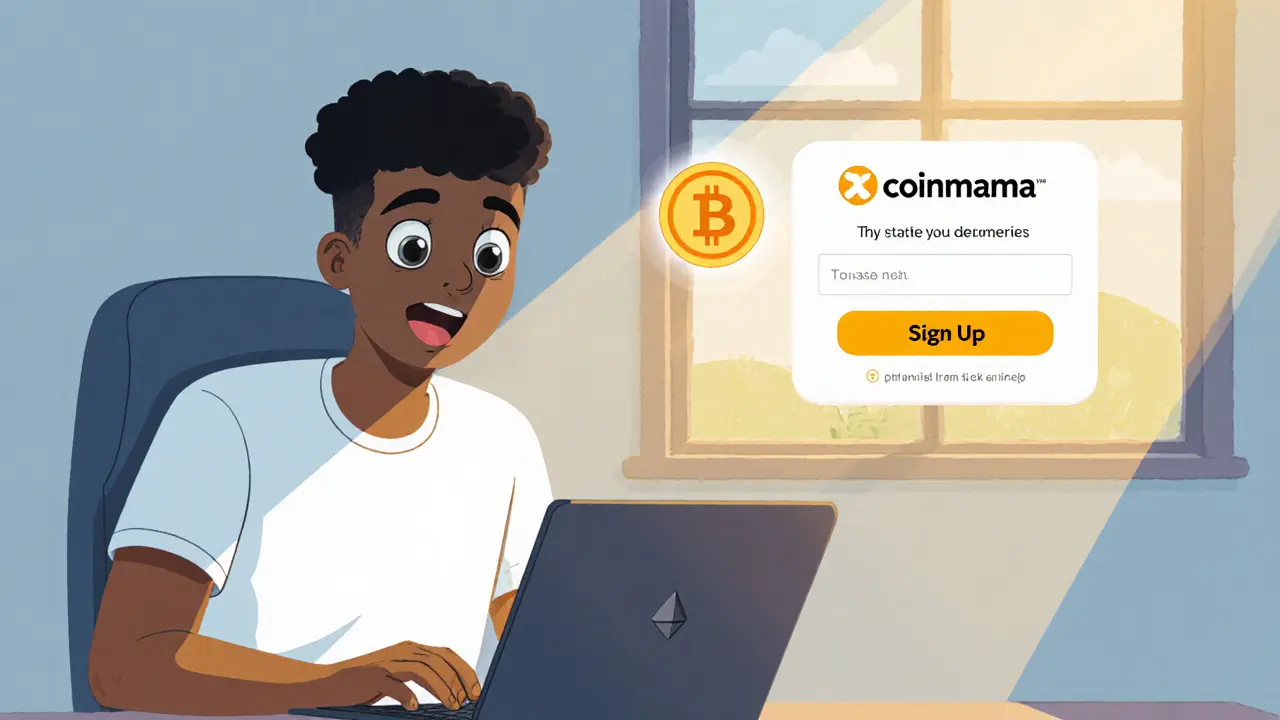Crypto Buying Fees – Understanding the Real Cost of Acquiring Tokens
When navigating crypto buying fees, the costs you pay to acquire digital assets on exchanges or directly from the blockchain. Also known as purchase fees, they combine platform charges, network gas, and any hidden spreads. Crypto buying fees can surprise you if you don’t know what’s inside. Because the crypto market runs 24/7, fee spikes can happen at any hour, especially during major events like token launches or network upgrades.
Key factors that drive crypto buying fees
One major piece is the exchange fee structure, the schedule of maker, taker, and withdrawal charges a platform applies. For example, a tier‑based system may charge 0.10% for makers and 0.20% for takers until you hit a 30‑day volume threshold, then drop to 0.05%/0.10%. The lower the fee tier, the less your total crypto buying fees balloon. Some exchanges also offer fee rebates for using their native token, turning a 0.1% maker fee into essentially zero for active traders. Remember to factor in the cost of buying that rebate token itself, which can offset the savings if the token’s price is volatile. Comparing the fee tables of Deliondex, Barginex or Kraken tells you which venue gives the best raw price.
The second driver is the network gas fees, the amount of cryptocurrency you pay to miners or validators for processing a transaction on a specific blockchain. On Ethereum, gas can swing from $5 to $50 in minutes depending on congestion, while Binance Smart Chain stays under $0.10 most of the time. Layer‑2 solutions such as Arbitrum or Optimism compress gas into fractions of a cent, making large purchases far cheaper than on L1. However, moving funds back to the main chain can incur an exit fee, so plan your workflow accordingly. Because gas is paid on top of the exchange charge, a high‑gas period can double the effective cost of buying a token.
A third factor is the liquidity premium, the price impact you incur when the order size exceeds the depth of the market. If you try to buy $10,000 of a low‑volume coin on a thin order book, the price can slip enough to add an extra 0.3‑1% on top of the listed rate. On decentralized exchanges, you can mitigate liquidity premium by splitting a big order into several smaller swaps or by using routing aggregators that hunt the deepest pools across multiple chains. This hidden spread is often called slippage, and it directly feeds into your overall buying cost.
Beyond the obvious charges, many platforms tack on conversion or withdrawal fees that sneak into the total. A fiat‑to‑crypto gateway might add a 1‑2% markup, while withdrawing to an external wallet could cost a flat $5‑$10 plus the network gas. A hidden cost often ignored is the price impact of the market maker’s spread, which can be wider on smaller platforms, effectively adding a hidden fee of up to 1% on volatile assets. When you add these layers together, the headline “0.1% fee” can quickly become a 2‑3% expense.
To keep your crypto buying fees low, start by building a comparison table. List each exchange’s maker/taker rates, withdrawal costs, and typical gas estimates for the chain you plan to use. Automated tools like CoinGecko’s fee estimator or DEXGuru’s gas tracker let you snapshot the total cost before you press confirm, giving you a chance to switch to a cheaper route. Tools like fee calculators or blockchain explorers give you real‑time gas prices, letting you pick the cheapest window. Also, check whether the exchange offers fee rebates for holding its native token – that can shave another 0.05% off each trade.
Finally, adopt habits that reduce every fee component. Use limit orders instead of market orders to avoid slippage, trade during off‑peak hours when gas is cheap, and consolidate small purchases into larger batches to stay in lower fee tiers. If a platform provides a “tier‑0” fee for high‑volume traders, aim to hit those thresholds each month. If you hold a stablecoin like USDC, converting it to the target token on a low‑fee DEX can be cheaper than a direct fiat purchase on a centralized exchange, especially when fiat on‑ramps charge 2‑3%.
Armed with this overview, you can now dive into specific reviews, airdrop guides, and market analyses that show how different services handle each fee element. The articles below dive deep into each of these topics, from exchange fee breakdowns to gas‑price timing strategies, so you can build a fee‑smart buying process.
Coinmama Review 2025: Is This Beginner Crypto Exchange Worth It?
A detailed 2025 review of Coinmama covering fees, security, supported crypto, user experience, and how it compares to other exchanges for beginners.
